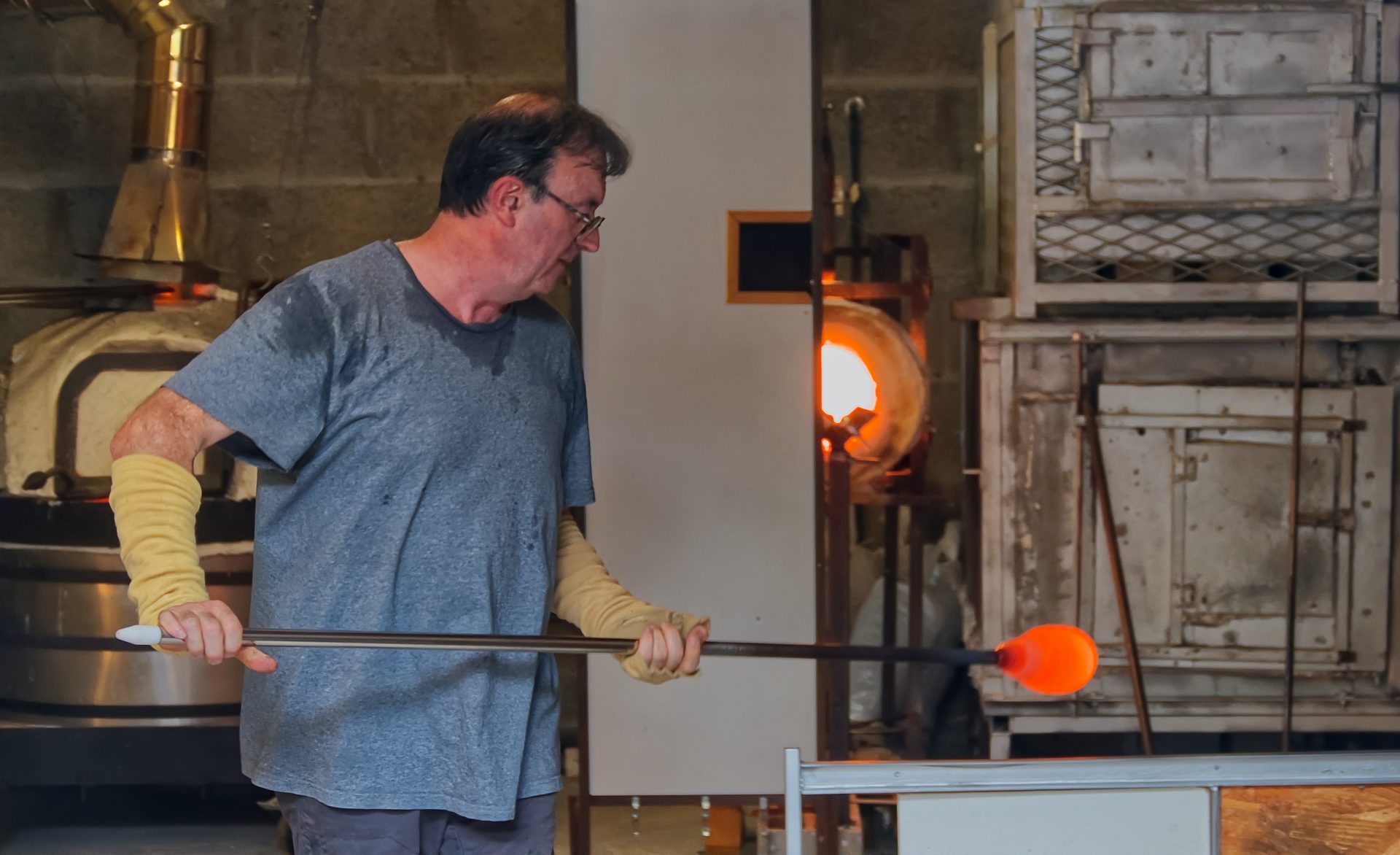Glass, a material we encounter daily in various forms, possesses a journey that begins with something as commonplace as sand.
The enchanting transformation from sand to glass involves a mesmerising manufacturing process that combines ancient craftsmanship with modern technology.
Discovering the secrets behind the manufacturing process of glass
The Alchemy of Ingredients
At its core, glass is composed of silica, the primary component of sand. However, to craft glass with specific properties, other ingredients are added to the mix.
Soda ash and limestone are commonly introduced to lower the melting point of the silica, creating a concoction ready for the intense heat of the manufacturing process.
Melting Furnace
The journey begins in the heart of a furnace, where the raw materials are heated to temperatures exceeding 1700 degrees Celsius (3092 degrees Fahrenheit), this intense heat causes the components to fuse into a molten state, forming a substance reminiscent of honey in its consistency.
Glassblowing Artistry
One of the oldest and most captivating methods of shaping glass is through the art of glassblowing. Skilled artisans gather molten glass on the end of a blowpipe, using their breath and expert manipulation to shape it into the desired form.
Watching a glassblower at work is witnessing a dance between skill, intuition, and the malleability of the molten material.
Moulding and Forming
For precision and uniformity, various moulding and forming techniques are employed.
Glass can be pressed into moulds, blown into intricate shapes, or drawn into thin fibres. The choice of method depends on the intended use of the final product, whether it be a delicate ornament, a sturdy container, or a sleek window pane.
Annealing Process
To ensure the durability of the glass, it undergoes an annealing process, this involves gradually cooling the glass in a controlled environment to relieve internal stresses.
The carefully orchestrated cooling process prevents the glass from becoming brittle or prone to breakage, ensuring its strength and longevity.
Cutting and Finishing Touches
Once the glass has taken its final form, it undergoes cutting and finishing processes.
Precision cutting, polishing, and coating may be applied, depending on the intended use of the glass. These meticulous steps transform the raw material into a refined product ready for a myriad of applications.



Leave a Reply